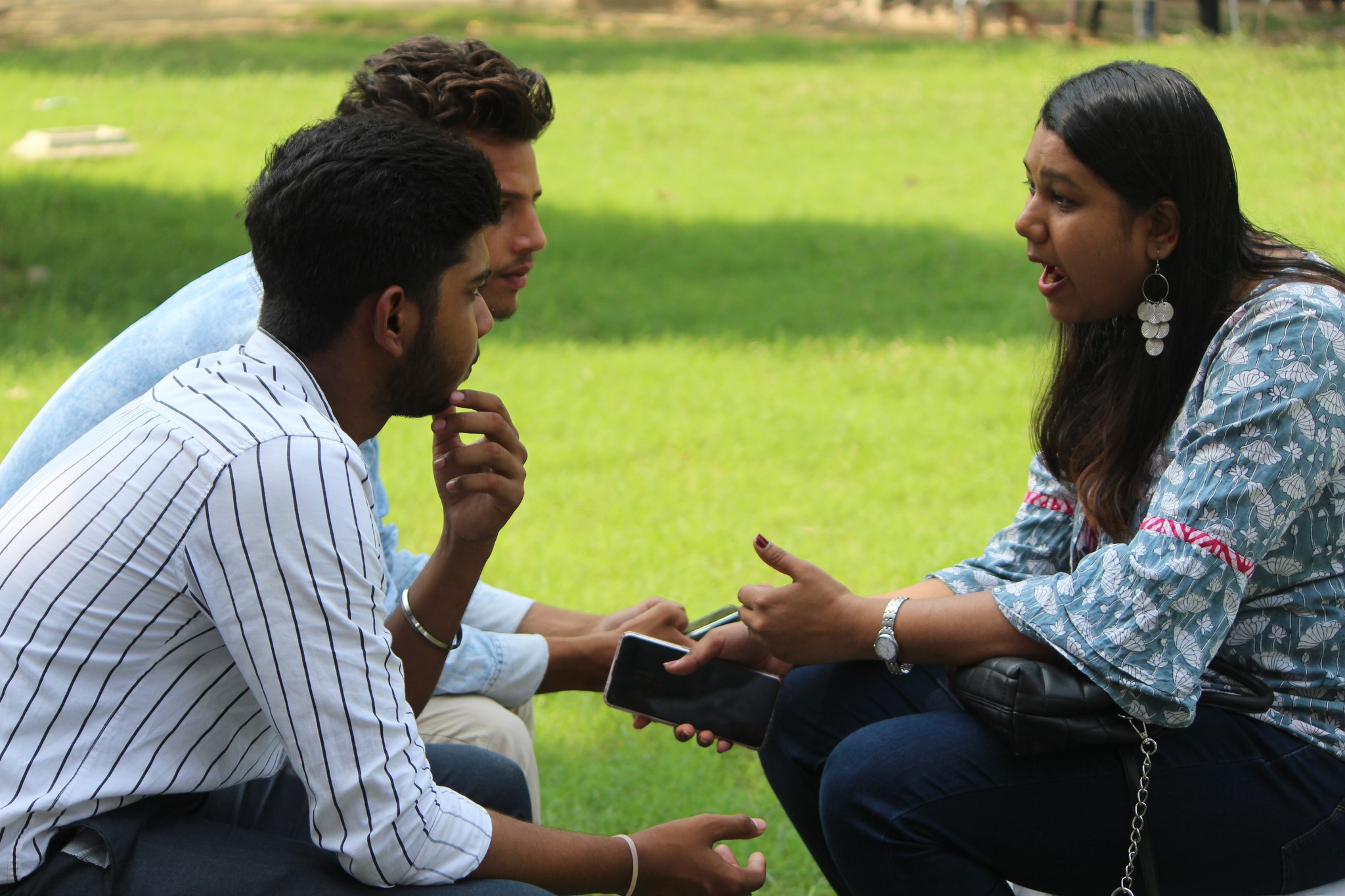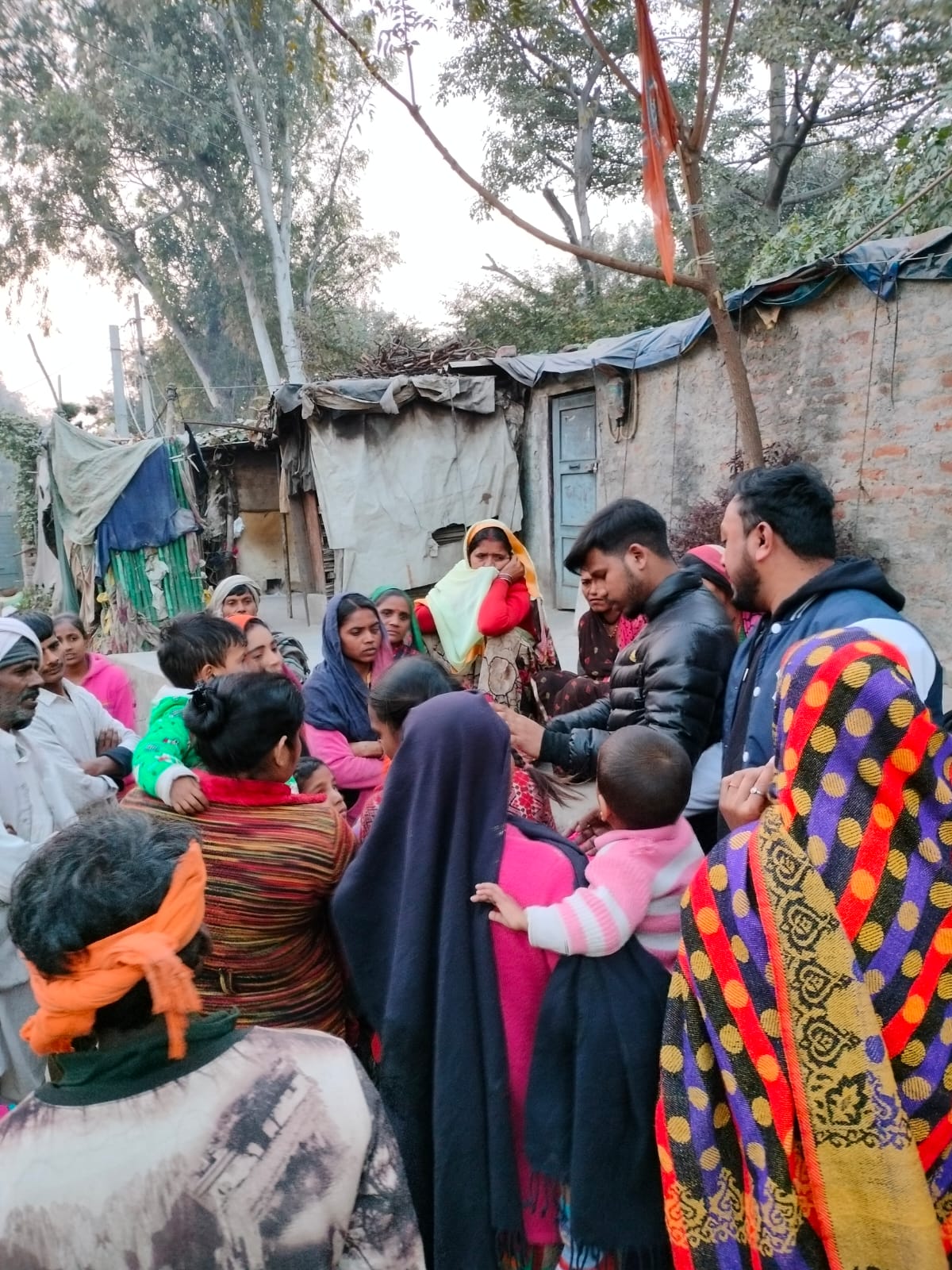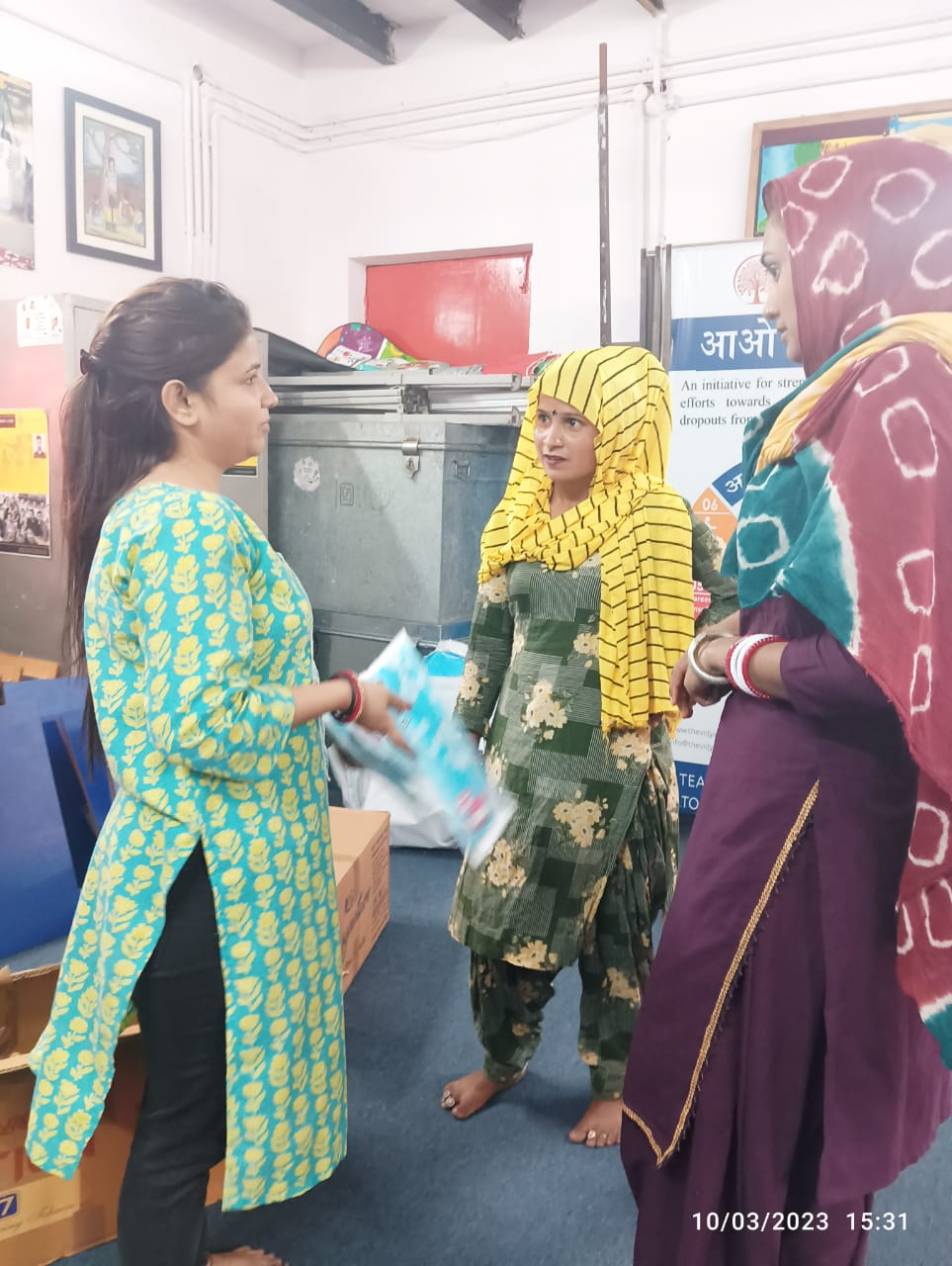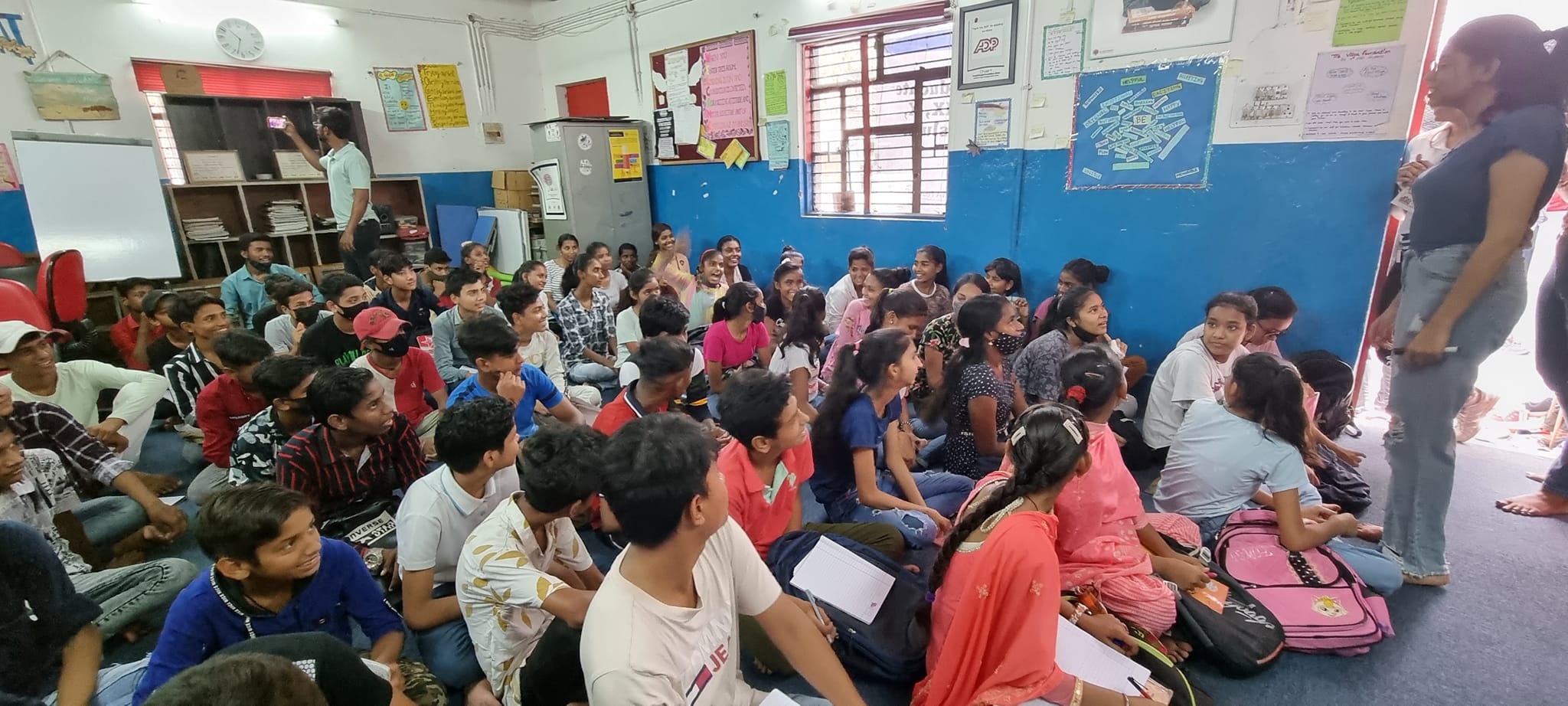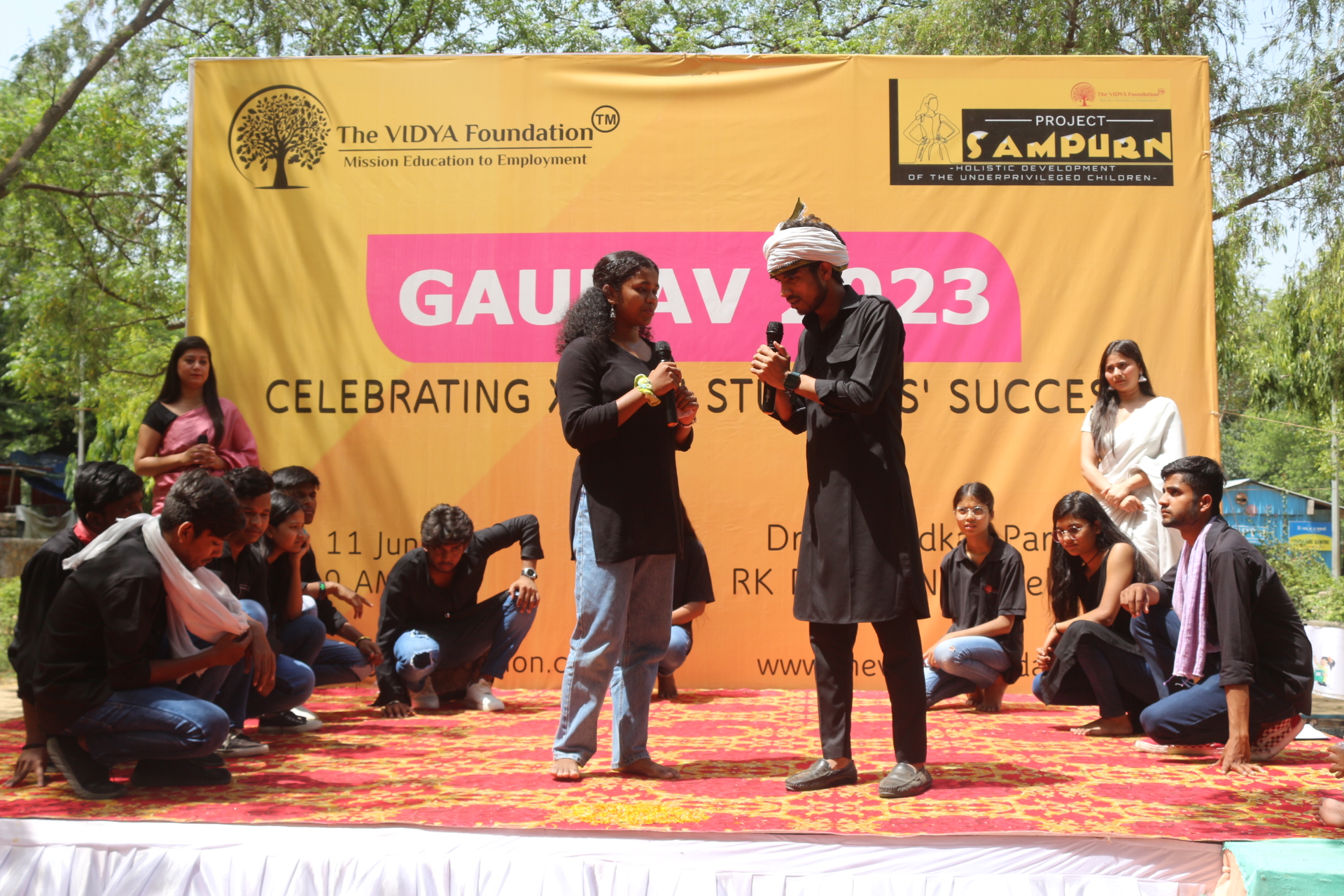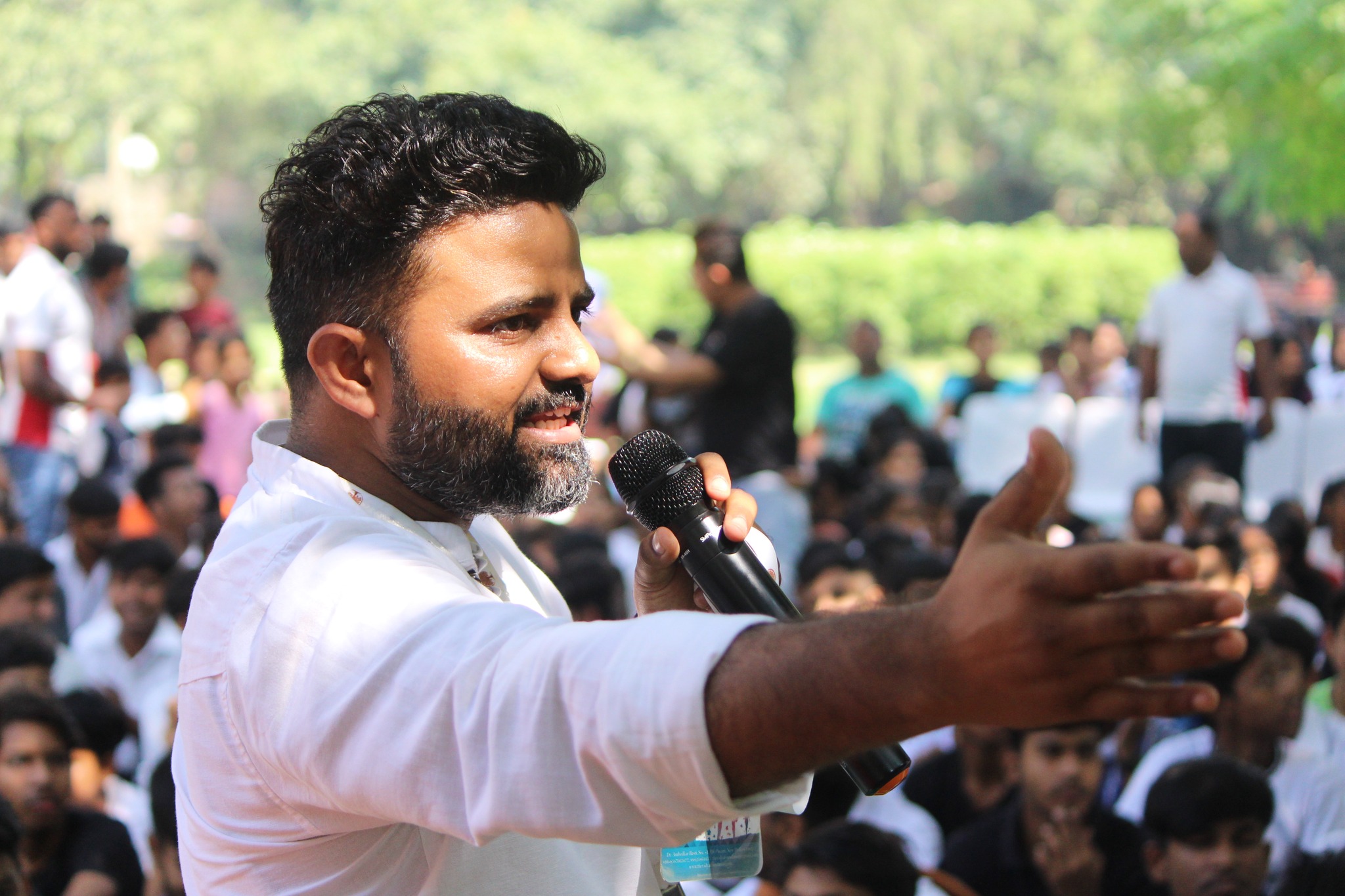
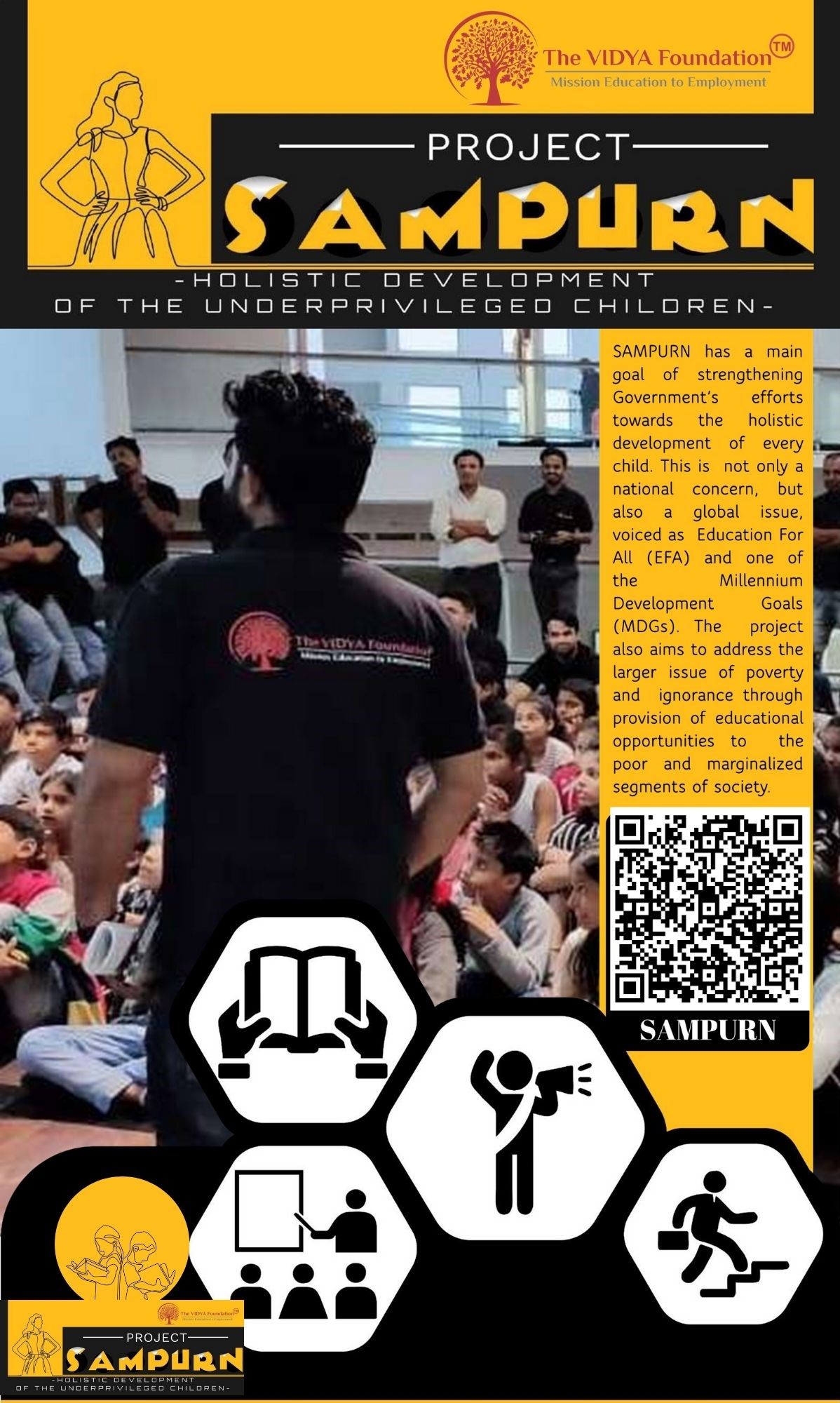
Problem in the slums
One of the challenges faced in slums is the lack of motivation among students to study after school hours. Given that a student spends seven hours in school, eight hours sleeping, and two to three hours on household chores, the remaining six hours present a critical issue. Unfortunately, these neighborhoods in Delhi are often rife with anti-social activities, including the easy availability of drugs, illegal liquor sales, and gambling. Consequently, students who wish to study encounter practical challenges. The residents’ small 8-by-8-foot rooms typically house up to six individuals, complete with beds, a kitchen, and a TV.
This setup leaves students without a designated space to study, and over time, their minds become disengaged from learning as they become enticed by their surroundings and involved in anti-social behaviors. By the time students reach the ninth grade, they may become even more entrenched in drug use and develop aspirations to become local mafia members or open their own liquor shops or gambling establishments. Given these challenges, an initiative is necessary to assist students in managing the four to six hours during which they are exposed to anti-social activities and are at risk of being lured into them.
Problem in the slums
One of the challenges faced in slums is the lack of motivation among students to study after school hours. Given that a student spends seven hours in school, eight hours sleeping, and two to three hours on household chores, the remaining six hours present a critical issue. Unfortunately, these neighborhoods in Delhi are often rife with anti-social activities, including the easy availability of drugs, illegal liquor sales, and gambling. Consequently, students who wish to study encounter practical challenges. The residents’ small 8-by-8-foot rooms typically house up to six individuals, complete with beds, a kitchen, and a TV. This setup leaves students without a designated space to study, and over time, their minds become disengaged from learning as they become enticed by their surroundings and involved in anti-social behaviors. By the time students reach the ninth grade, they may become even more entrenched in drug use and develop aspirations to become local mafia members or open their own liquor shops or gambling establishments. Given these challenges, an initiative is necessary to assist students in managing the four to six hours during which they are exposed to anti-social activities and are at risk of being lured into them.


Project Sampurn In The Slums Offers:
Project SAMPURN has launched SAMPURN centers (SMCs) in the slums of Delhi. The SMCs offer various resources such as schoolbooks, supplementary books, subscriptions to online study portals, and classes in English, Math, and Science. Additionally, counselling and motivation sessions are held for both students and parents. It has been observed that counselled parents are more informed and aware of their roles in their children’s development. Volunteers from the slums, who are active members of TVF, play a crucial role in running the SMCs. Thanks to the SMCs, students can spend approximately 4-6 hours in a productive and safe learning environment instead of spending time in harmful company. The SMCs provide students with a space to study, access to a library, computer classes, online educational portals, regular classes, and motivational and counselling sessions for both students and parents. Overall, the SMCs have proven to be an important resource for students in the slums of Delhi.

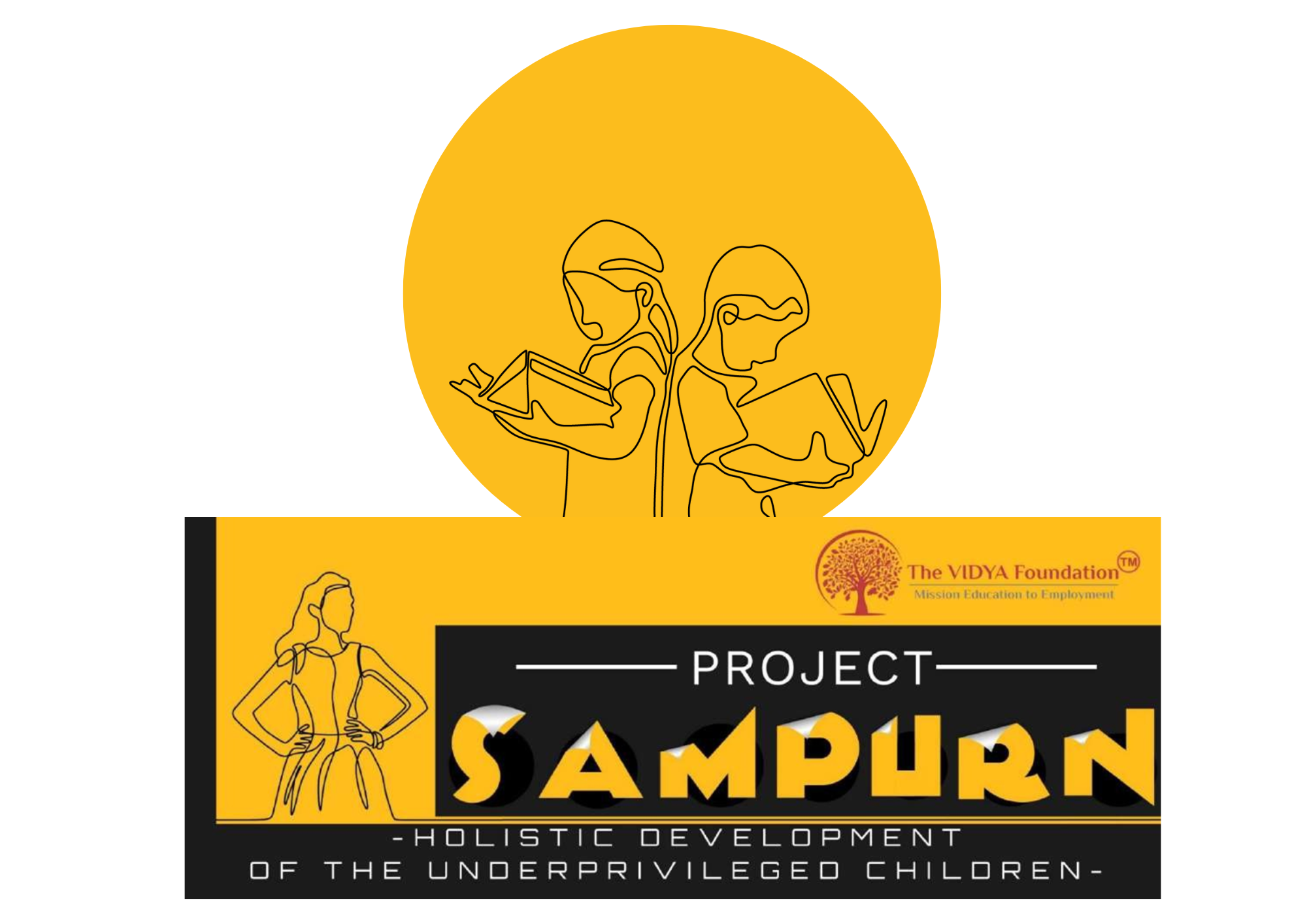





- Basti Vikas Kendra, Dr. Ambedkar Basti, Sector-1, RK Puram, New Delhi 110022
- +91 8882586445
- +91 8587065677
- info@thevidyafoundation.com
Copyright © 2024 The VIDYA Foundation | Powered by The VIDYA Foundation

